Back to Courses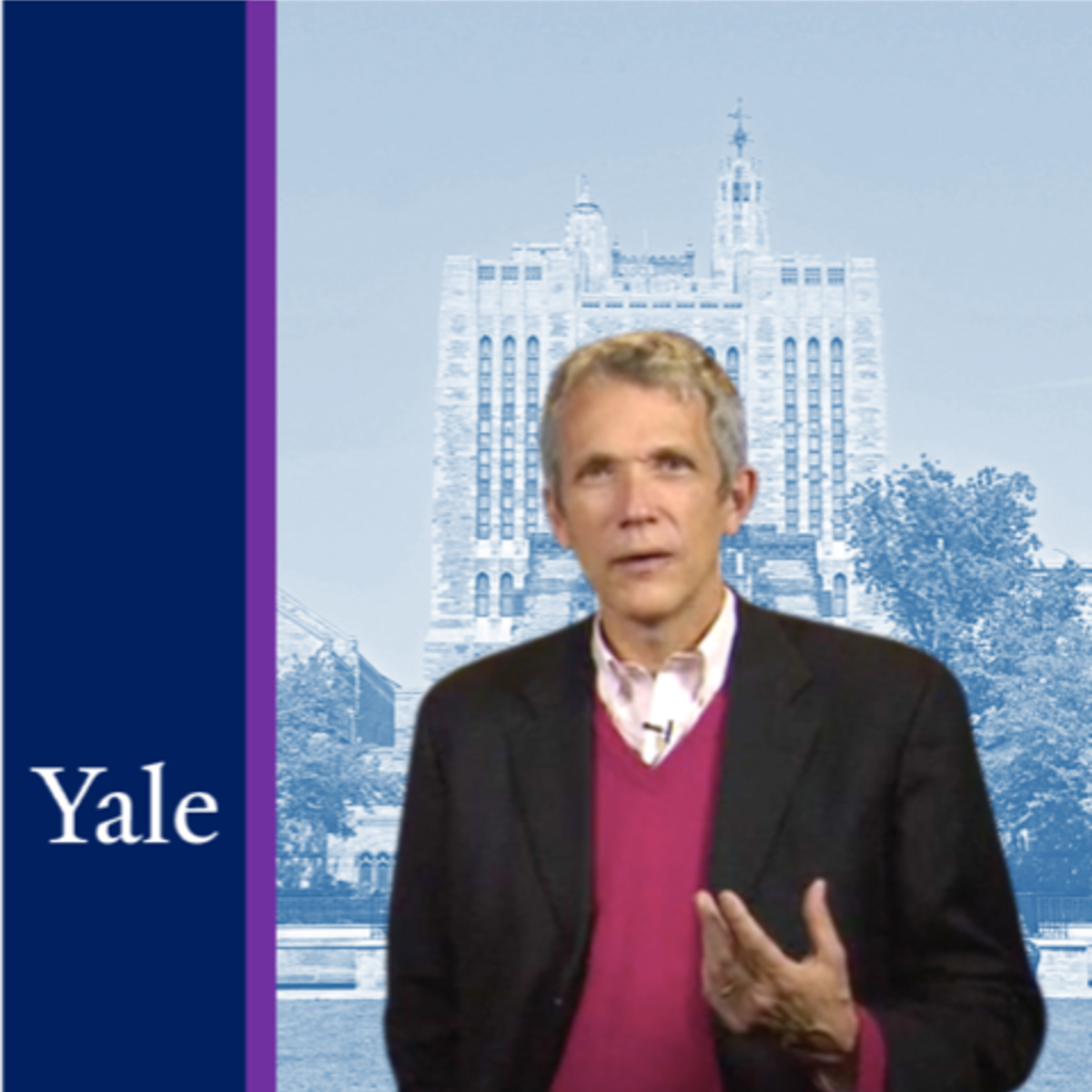
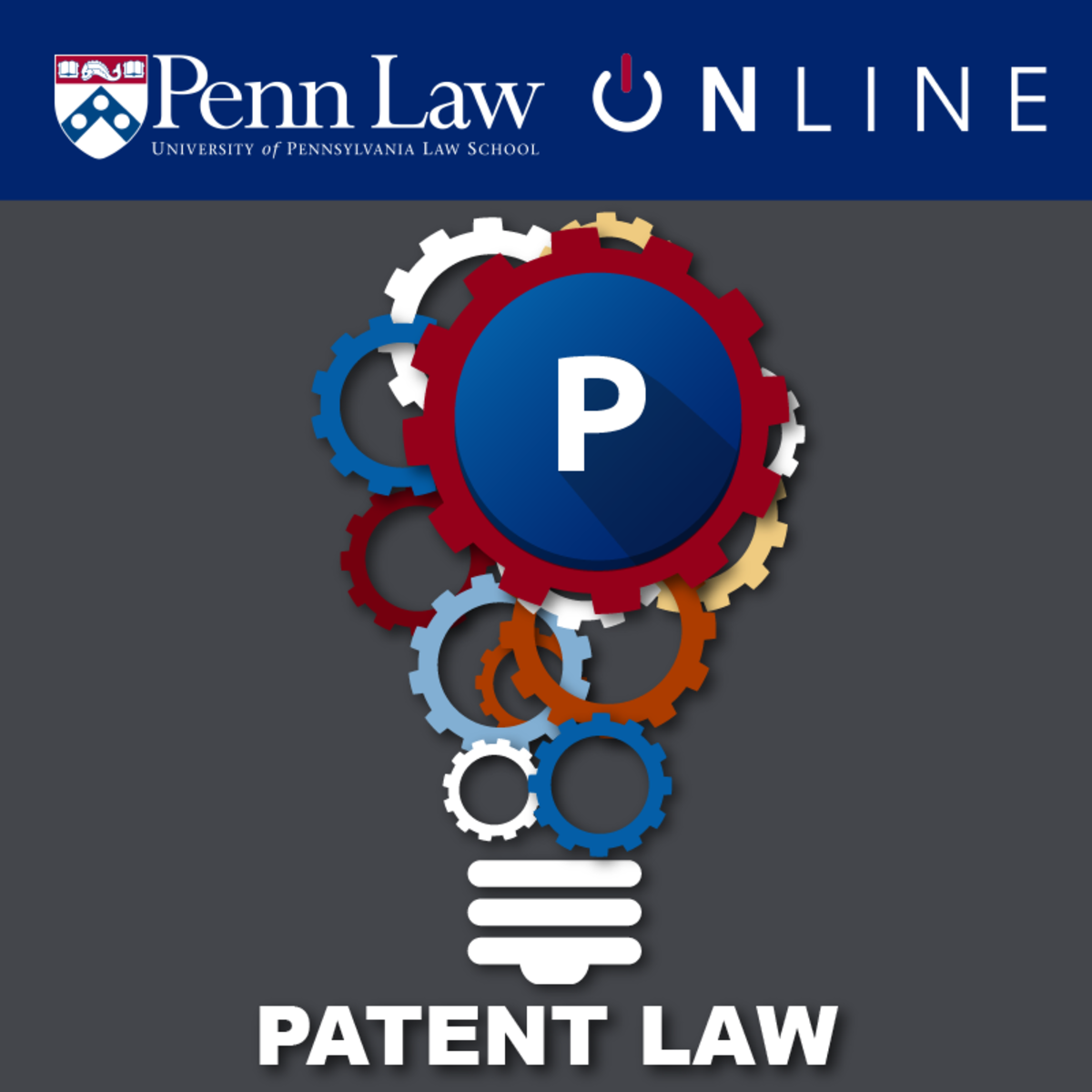


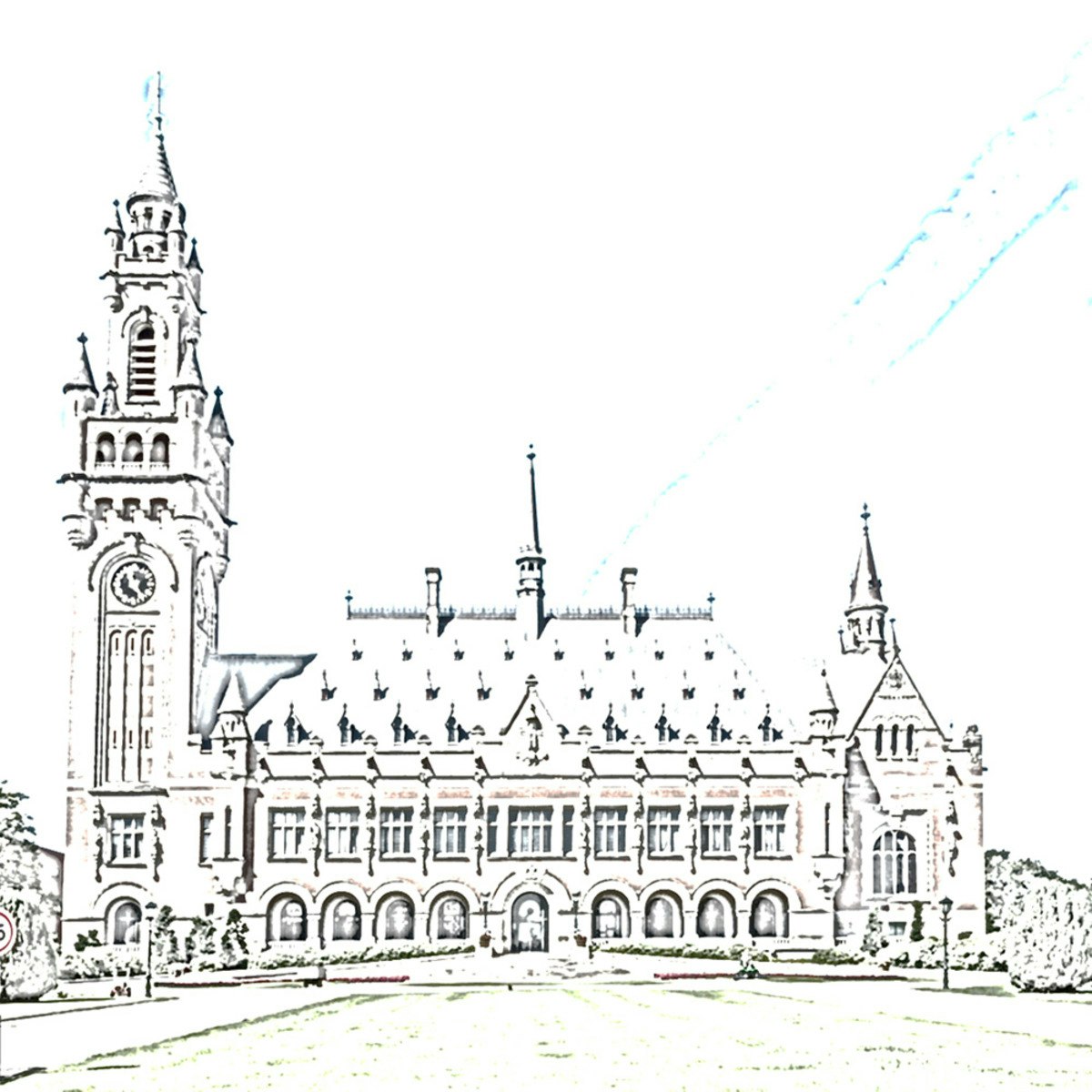
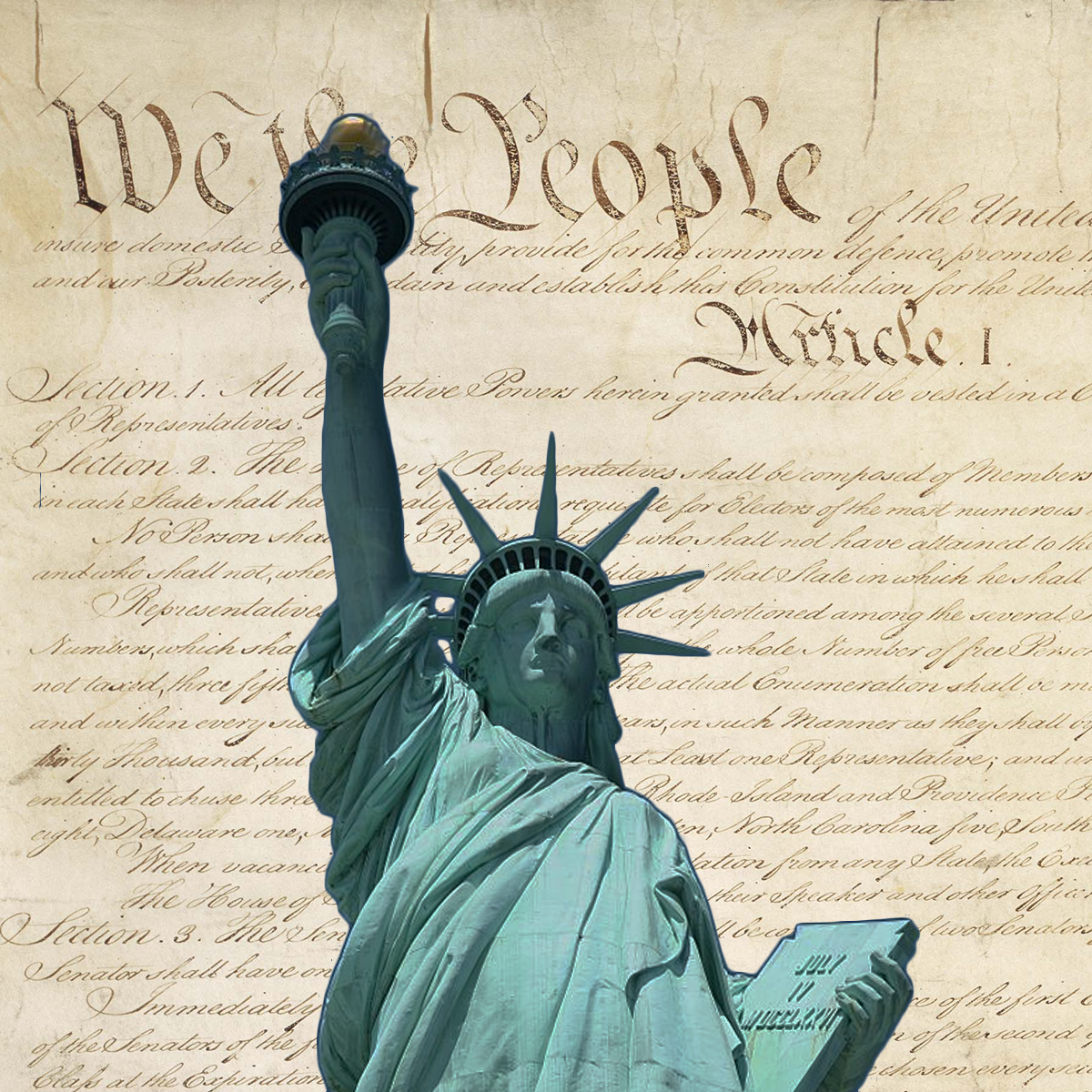
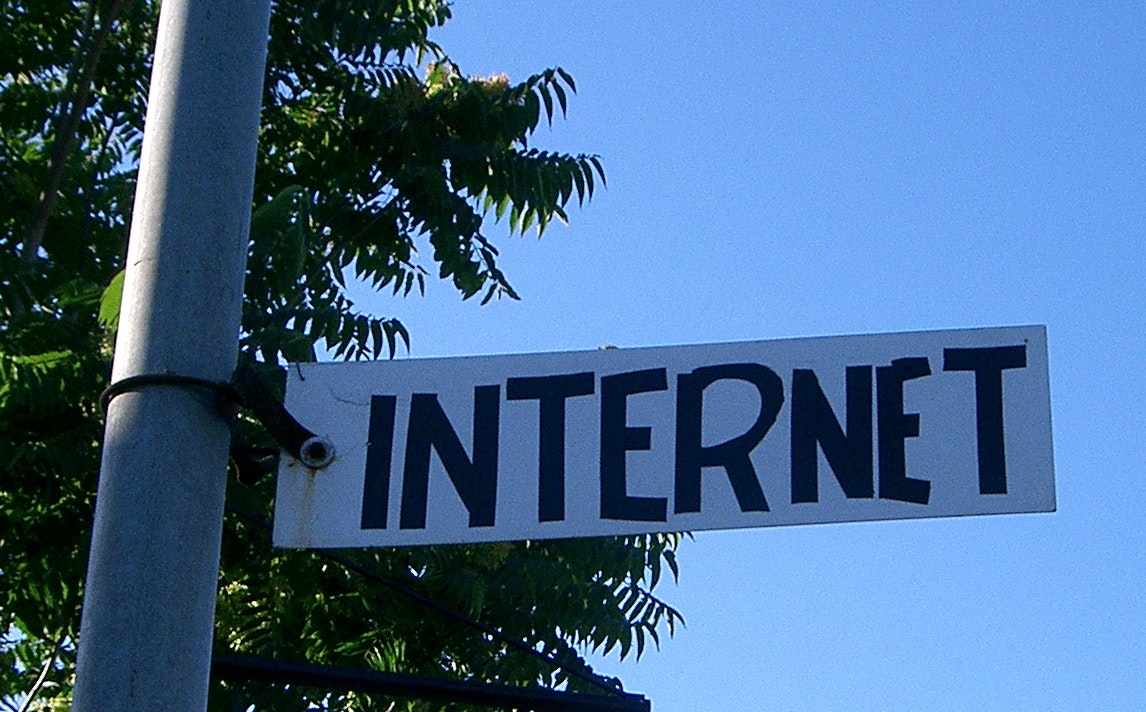
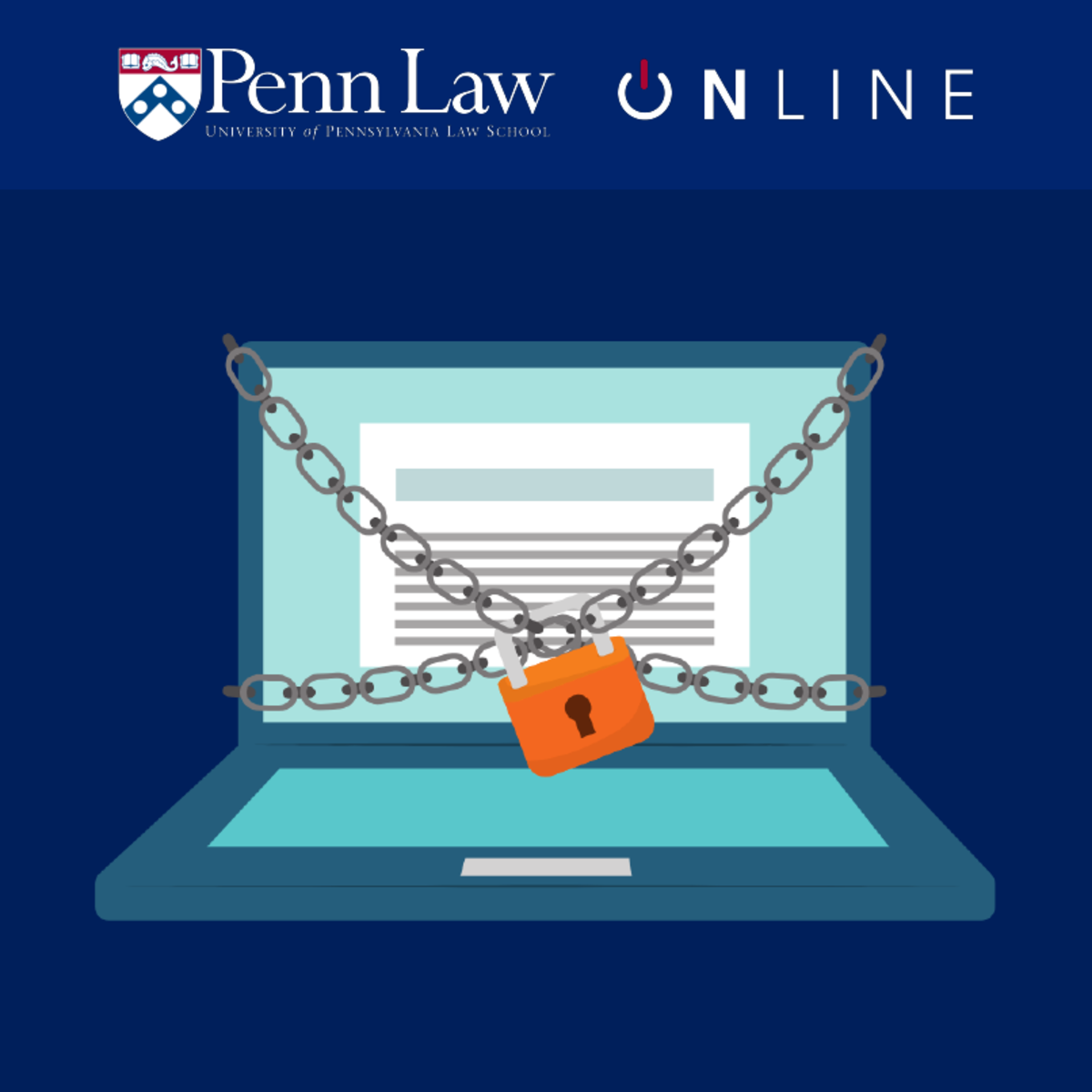

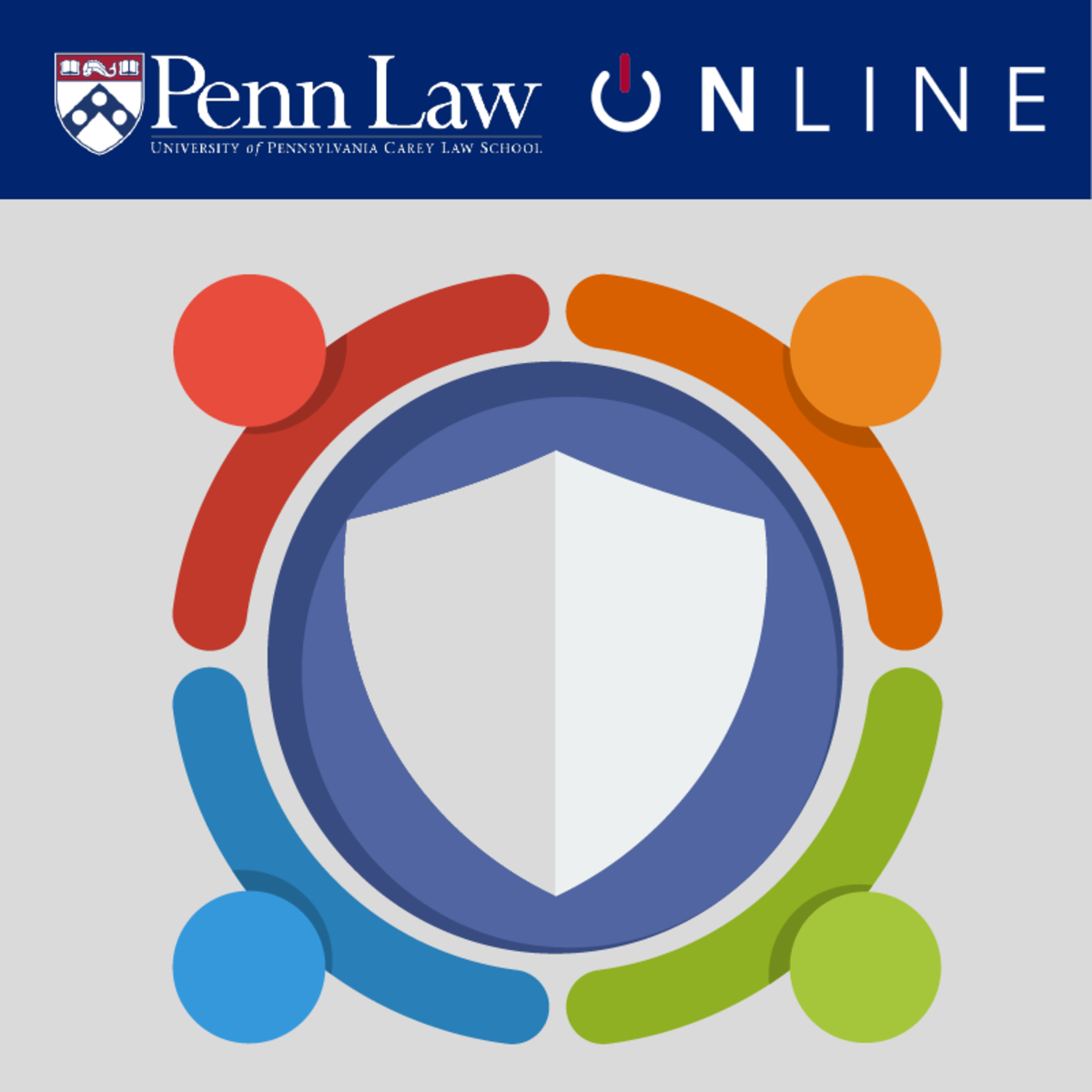
Law Courses - Page 5
Showing results 41-50 of 73

American Contract Law II
Course description: Contracts I & II provides a comprehensive overview of contract law in the United States. The course covers most of the key concepts found in a first year law school class. Each lecture is based on one or more common-law cases, integrating legal doctrines with policy discussions. The course also covers key sections from the Uniform Commercial Code (UCC), which governs the sale of goods.
By the end of the course, the learner should be able to understand:
Formation defenses: how an otherwise valid contract can be void, including the statute of frauds, mistake, misrepresentation, duress, unconscionability, and illegality.
Performance: the scope and content of a contractual obligation, including conditions, the duty of good faith, and the impracticability defense.
Remedies: the types of available remedies for a breach of contract, including various types of money damages and injunctive relief.

Patent Law
In our modern technologically-based economy, the creation and enforcement of patent rights can make or break a business. With record numbers of patents being issued every year, the stakes for inventors (and, indeed, their lawyers) continue to rise, even as the patent law and its administration faces growing criticism.
This course begins with an examination of the fundamental justifications for and creation of U.S. patent rights as well as the relationship between patent law and other “intellectual property” concepts. We will then delve into the details of the U.S. requirements for patentability, and explore the scope of patent rights, again considering how the policies expressed reflect the justifications for patent rights. Then we will look at an actual patent document and analyze the different pieces of an issued patent with a special focus on the importance of patent claims. Finally, we will explore strategies for dealing with patent infringement.

Intellectual Property for Entrepreneurs
For aspiring and active entrepreneurs, this course focuses on the opportunities and challenges of intellectual property. Intellectual property is a commonly discussed, often misunderstand, element of entrepreneurship and law. Knowing how to create and manage patents, copyrights, trademarks, and trade secrets is a valuable skill for entrepreneurs and business leaders.
Regardless of size and industry, a business’s intellectual property is often more valuable than its physical assets. Companies invest tremendous resources in developing innovative new products and services. Intellectual property law discourages competitors from immediately profiting from another’s invention, and provides incentives for continued innovation.
"Intellectual Property for Entrepreneurs" is one of three courses in the "Legal Aspects of Entrepreneurship Specialization" by Coursera and the University of Maryland. This specialization explores the critical legal and business issues entrepreneurs face as they build and launch a new venture. Learners examine real-world scenarios and address legal and business issues from ideation to all of the important junctures along the path to success. Significant attention is placed on new venture formation, intellectual property management, and contracts and financing arrangements.
Introduction to Environmental Law and Policy
Environmental law may be the one institution standing between us and planetary exhaustion. It is also an institution that needs to be reconciled with human liberty and economic aspirations. This course considers these issues and provides a tour though existing legal regimes governing pollution, water law, endangered species, toxic substances, environmental impact analyses, and environmental risk.
Note: The Environmental Law & Policy Course will close for new learner enrollment on February 22, 2019. Learners who have already enrolled will continue to see it on their Coursera Dashboard as long as they remain enrolled in the course. If you are currently enrolled in this course, please see the announcement sent on February 19, 2019, for additional details.

International Law in Action: the Arbitration of International Disputes
‘The Arbitration of International Disputes’ is the third course of Leiden University’s series on International Law in Action. The first course covered generalities on the international courts and tribunals in The Hague, while the second course provided an insider's perspective into the work of international criminal courts and tribunals. This third course explores the major aspects of international arbitration as one of the most common method of international dispute settlement . Through this course you will gain an in-depth understanding of the various facets of international arbitration through the analysis of its role as a mechanism of dispute settlement, its institutions, the fields of law it is applicable to, and, of course, its most famous awards.
The main question we will answer together during this course is "Can international arbitration contribute to the creation of a peaceful world through the settlement of disputes between States and between States and non-State actors?" In order to do so, we will learn the basic historical concepts or arbitration, as well as everything there is to know about the Permanent Court of Arbitration, based in The Hague. We will then dive into the role of international arbitration in settling disputes relating to the Law of the Sea, with a particular insight into the landmark South China Sea Arbitration. For an entire module, we will focus on investment arbitration, its principles and the procedure of the ICSID, the International Centre for Settlement of Investment Disputes. We will conclude the course with a module on the interplay between state immunity and enforcement of arbitral awards. This is brought to light through the Yukos Arbitration which is a perfect illustration of the topic.
This course offers you an opportunity to gain a better insight into international arbitration, its role and the current issues relating to it. You will gain in-depth knowledge of the principles and rules of arbitration. You will explore the topic through concrete examples and the most prominent arbitrations. You will also grasp the notion of international arbitration navigating between law and politics. International arbitration and The Hague go hand in hand: several key arbitration institutes are located in The Hague and important disputes were settled here through arbitration. The Hague is, so to speak, ‘the place to be for international arbitration’, especially when we are dealing with arbitration between States, or arbitration of investment disputes between foreign investors and States.
Join us for the course and become an expert on international arbitration!
This course is free to join and to participate in. There is the possibility to get a verified certificate for the course, which is a paid option. If you want a certificate, but are unable to pay for it, you can request financial aid via Coursera.

Chemerinsky on Constitutional Law – Individual Rights and Liberties
Chemerinsky on Constitutional Law: Individual Rights and Liberties will highlight the construction and interpretation of the U.S. Constitution through the centuries with an emphasis on protections of individual liberties and the evolution of equal protection. You'll learn the history behind the Constitution, cases that formed important precedent, and how changes in interpretation have been dependent on shifts in cultural and political climate as well as the composition of the Supreme Court.
In this course we will investigate the protection of individual rights and liberties and take a look at what rights are and are not protected and investigate several important shifts in jurisprudence. We'll begin by examining the structure of the Constitution's protection of individual rights. We'll then examine the circumstances under which, various rights and liberties can be regulated by the federal, state, and local government. We'll examine when the government can permissibly treat people unequally and when it can't. In our final two lectures, we'll take a close look at what is probably the most famous amendment to the Constitution, the First Amendment.
Join me as we look at the questions both raised and answered by the Constitution and those that interpret it!
By the end of this course, you should be able to:
- Describe the individual liberties protected by the Constitution and account for the history and structure of their protection
- Illustrate compromises found in the Constitution by citing examples and historic background
- Articulate the importance of key cases such as Brown v. Board, Lemon v. Kurtzman, and Lochner v. New York
- Explain how the outcome of cases is often dependent upon the current cultural and political climate as well as the composition of the court by citing particular cases and important shifts in the court's jurisprudence
- Assess the relative suitability of various approaches to constitutional interpretation and analysis

Internet Giants: The Law and Economics of Media Platforms
This seven-week course will explore the relationship between law and technology with a strong focus on the law of the United States with some comparisons to laws around the world, especially in Europe. Tech progress is an important source of economic growth and raises broader questions about the human condition, including how culture evolves and who controls that evolution. Technology also matters in countless other ways as it often establishes the framework in which governments interact with their citizens, both in allowing speech and blocking it and in establishing exactly what the boundaries are between private life and the government. And technology itself is powerfully shaped by the laws that apply in areas as diverse as copyright, antitrust, patents, privacy, speech law and the regulation of networks.
The course will explore seven topics:
1. Microsoft: The Desktop vs. The Internet. We will start with a look at the technology path that led to the first personal computer in early 1975, the Altair 8800. That path starts with the vacuum tube, moves to transistors, then to integrated circuits and finally to the microprocessor. We will look at the early days of software on the personal computer and the competition between selling software and open-source approaches as well as the problem of software piracy. We will discus the public good nature of software. The 1981 launch of the IBM PC revolutionized the personal computer market and started the path to Microsoft's powerful position and eventual monopoly in that market with the selection of MS-DOS. We then turn to four antitrust cases against Microsoft: (1) the 1994 U.S. case relating to MS-DOS licensing practices; (2) the U.S. antitrust middleware case over Microsoft’s response to Netscape Navigator; (3) the European Union case regarding Windows Media Player; and (4) the EU browser case over Internet Explorer. These disputes arose at the point of maximal competition between the free-standing personal computer and the Internet world that would come after it and we may know enough now to assess how these cases influenced that competition.
2. Google Emerges (and the World Responds). Google has emerged as one of the dominant platforms of the Internet era and that has led to corresponding scrutiny by regulators throughout the world. Decisions that Google makes about its algorithm can be life altering. Individuals are finding it more difficult to put away past mistakes, as Google never forgets, and businesses can find that their sales plummet if Google moves them from the first page of search results to a later page. With great power comes scrutiny and we will look at how government regulators have evaluated how Google has exercised its power. Both the U.S. Federal Trade Commission and the European Union have undertaken substantial investigations of Google’s practices and we will look at both of those.
3. Smartphones. The Internet started on the desktop but the Internet is increasingly mobile and people are seemingly tethered to their smartphones and tablets. And we have seen an interesting shift in that market away from Nokia handsets and the Blackberry to Apple's iPhone and its iOS platform and to the Android platform. The legal infrastructure of smartphones and tablets is extraordinarily complex. We will start by looking at U.S. spectrum policy and the effort to free up 500 megahertz of spectrum. We will look at the activities of standard setting organizations, including the IEEE and the creation of the 802.11 standard and Wi-Fi (or, if you prefer, wifi), the creation of patent pools and the regulation of standard essential patents. We will look at the FTC action against Google/Motorola Mobility and Apple's lawsuit against Samsung over utility and design patents relating to the iPhone. Finally, we will take a brief look at the European Commission's investigation into the Android platform.
4. Nondiscrimination and Network Neutrality. Facebook has more than 1 billion users and measure that against a world population of roughly 7 billion and a total number of Internet users of roughly 2.5 billion. A course on law and technology simply has to grapple with the basic framework for regulating the Internet and a key idea there is the notion of network neutrality. Nondiscrimination obligations are frequent in regulated network industries, but at the same, discrimination can be an important tool of design for communication networks. We will start our look at the Internet by looking at the great first communications network of the United States, the post office and will look in particular at the Post Office Act of 1845. We will then move to modern times and will consider efforts by the U.S. Federal Communications Commission to produce sensible and sustainable nondiscrimination conditions for the Internet and will touch briefly on comparisons from around the world.
5. The Day the Music Died? In many ways, the Internet came first to music with the rise of peer-to-peer (p2p) music sharing through Napster and its successors. We start with a look into music platform history and the devices that brought recorded music into the home: the phonograph and the player piano. We turn to radio and the legal regime that puts music on the airwaves, the performing rights organizations like ASCAP and BMI. We look at the antitrust issues associated with the blanket license. We consider a failed music platform, digital audio tape, and the complicated legal regime associated with it, the Audio Home Recording Act of 1992. We will consider the copyright issues raised by the creation and distribution of music and the litigation over the p2p technologies such as Napster and Grokster. The music industry responded to p2p technology by adding digital rights management tools to CDs. As music distribution switched from physical media to digital distribution, we entered the world of Apple and the iPod and iTunes. We consider the DRM issues associated with Apple's music platform as seen by Steve Jobs. We conclude by looking at emerging subscription services like Spotify and the service that Apple is building based on its purchase of Beats.
6. Video: Listening and Watching. Images are some of the most powerful ways in which ideas and speech are communicated and video has long been regulated by the state. That starts as a communications law issue with government regulation of the radio spectrum, but also leads to the design of the television system with the assignment of channels and eventually the definition of digital television. And with the emergence first of cable TV and subsequently the VCR critical copyright roadblocks had to be overcome for new distribution technologies to emerge. We will consider the legal engineering that led to the DVD platform, which was an exercise in patent pools and trademark creation. We will sort through the creation of the digital TV platform and will also look at the copyright underpinnings for Netflix. And we will consider the question of technology neutrality in the content of the copyright fight over a new video distribution entrant, Aereo. Finally, we close the week with a brief look at the incentive spectrum auctions and the possible end of broadcast television.
7. The Mediated Book. Gutenberg revolutionized books with his printing press and for academics, books are sacred objects. But the printed book is on the run and with the rise of the ebook, we are entering a new era, the era of the mediated book. This is more than just a change in technology. We will look at the issues created by the rise of the ebook, issues about control over content and licensing and of the privacy of thought itself. We will also look at the legal skirmishes over this space, including the copyright fair use litigation over Google Books, the Apple e-book antitrust case. And we will look at the Amazon Kindle platform.

Privacy Law and Data Protection
What does it take to comply with privacy laws?
In this course, we’ll look at the practical aspects of navigating the complex landscape of privacy requirements. Better understanding privacy laws and data protection will enable you to protect your organization and the constituents that depend on your organization to safeguard their personal information. First, we will examine the historical context that drove the creation of laws, best practices, and other standards for protecting personal information. We will also consider where in the U.S. privacy laws exist and which sectors remain unregulated. Next, we will focus on the federal health privacy law, the Health Insurance Portability and Accountability Act of 1996 (HIPAA) – and what it takes to comply with it. How do you know the scope of the requirements? And once you know HIPAA applies, how do you actually put measures in place to ensure compliance?
We’ll explore the notion that one cannot have privacy without strong security and examine various models that promote the security of personal information. We’ll look closely at breach notification laws – one of the most significant drivers of change in organizations – and discuss strategies for the improvement of data protection overall. Lastly, we will look at international law, state law, the unique and important role of the Federal Trade Commission in protecting privacy. Most importantly, we get practical – we will discuss real-world, practical approaches to how compliance professionals can navigate the complex landscape of privacy requirements to best protect their organizations.

Writing and Editing: Word Choice and Word Order
This course will teach you how to use your written words to become more persuasive. You’ll learn creative ways to use syntax, effective techniques for telling stories, and a clever method for arranging a complex series of information. You’ll also get a chance to both professionalize your use of punctuation and add a bit of style and sophistication to how you craft everything from sentences to slogans.
In addition, you’ll get access to a wide range of books and other resources you can use even after you finish the course. These include (1) the readings and exercises provided to the students who have taken the in-person version of this course at the University of Michigan and the University of Chicago; (2) two digital libraries of excellent writing from a diverse collection of journalists, scientists, novelists, poets, historians, and entrepreneurs; and (3) a monthly “Good Sentences” email. Social media has only accelerated the ways in which we all must learn to use our writing to connect, compete, and create—sometimes all at once. So join us for this first course in a four-part series and experience the many benefits, both personal and professional, of becoming “good with words.”

Privacy Law and HIPAA
What does it take to comply with privacy laws?
In this course, we’ll look at the practical aspects of navigating the complex landscape of privacy requirements. Better understanding privacy laws and data protection will enable you to protect your organization and the constituents that depend on your organization to safeguard their personal information. First, we will examine the historical context that drove the creation of laws, best practices, and other standards for protecting personal information. We will also consider where in the U.S. privacy laws exist and which sectors remain unregulated. Next, we will focus on the federal health privacy law, the Health Insurance Portability and Accountability Act of 1996 (HIPAA) – and what it takes to comply with it. How do you know the scope of the requirements? And once you know HIPAA applies, how do you actually put measures in place to ensure compliance?
We’ll explore the notion that one cannot have privacy without strong security and examine various models that promote the security of personal information. We’ll look closely at breach notification laws – one of the most significant drivers of change in organizations – and discuss strategies for the improvement of data protection overall. Lastly, we will look at international law, state law, the unique and important role of the Federal Trade Commission in protecting privacy. Most importantly, we get practical – we will discuss real-world, practical approaches to how compliance professionals can navigate the complex landscape of privacy requirements to best protect their organizations.
Popular Internships and Jobs by Categories
Find Jobs & Internships
Browse
© 2024 BoostGrad | All rights reserved